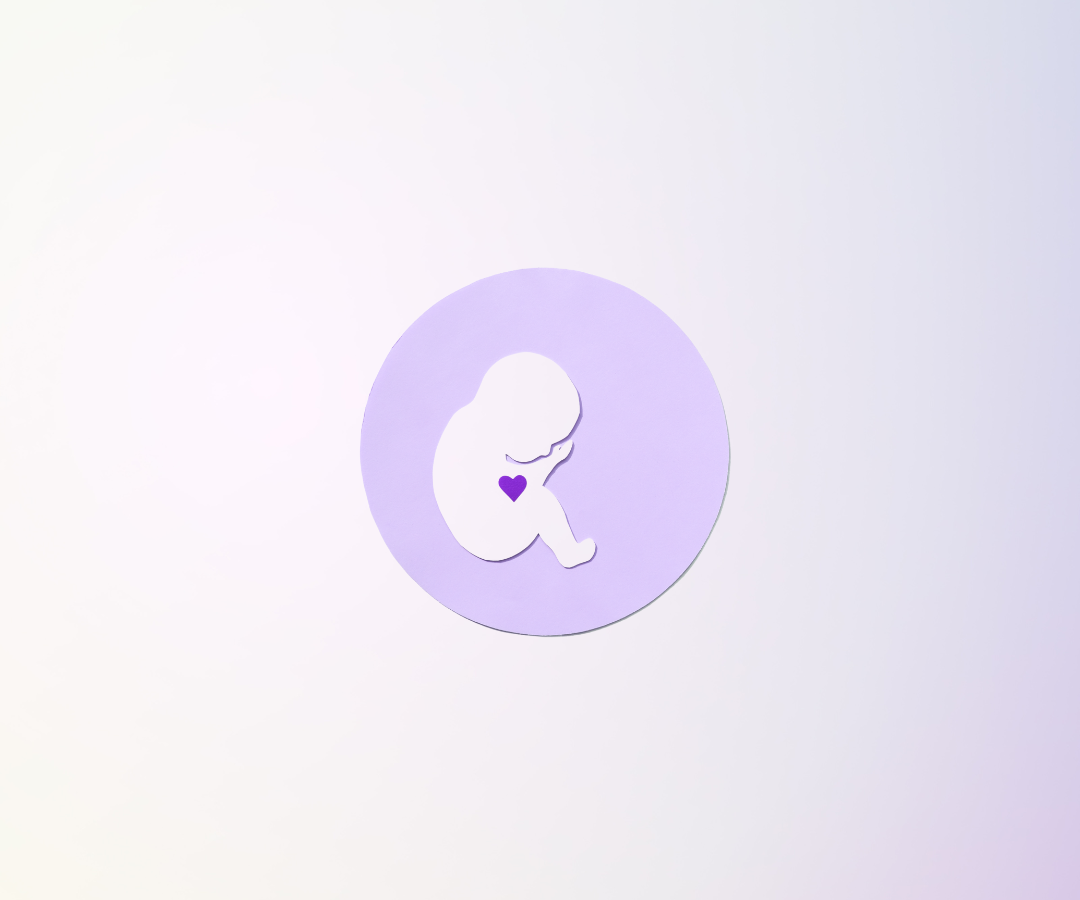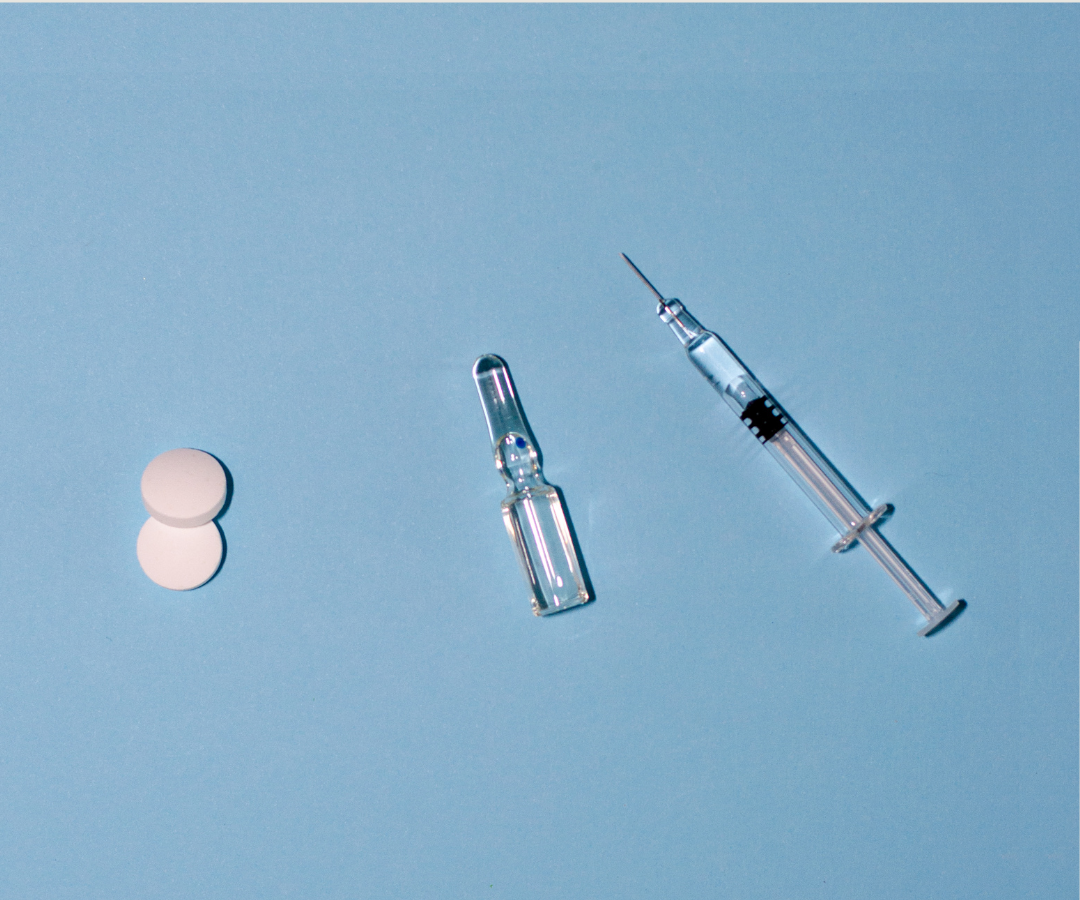Advances in Perinatal Anxiety Research
Perinatal anxiety is starting to get the scientific attention it deserves
Perinatal anxiety, or anxiety during and after pregnancy, has received little attention compared to its well-known cousin, postpartum depression. The condition has been neglected for many reasons – not least because anxiety disorders and depression often share symptoms and treatments, making them hard to differentiate.
And anxiety comes in many forms. At its most basic level, anxiety is the pervasive stress many women feel in this information-saturated era of conceiving, being pregnant, and parenting. On a clinical level, anxiety is classified into several distinct disorders: generalized anxiety disorder (GAD), panic disorder, obsessive-compulsive disorder (OCD), and post-traumatic stress disorder (PTSD).
All these variables make it hard to diagnose anxiety and even more difficult to design meaningful studies. Consider that mental health during and after pregnancy is undervalued in general, and it’s easy to see why this field is ripe for more research.
Thankfully, a number of committed men and women are taking on this difficult challenge, identifying important questions and attempting to design robust and reliable studies. According to these researchers, these are the priorities and frontiers of perinatal anxiety research.
Improving and increasing diagnoses
“One of the first challenges is to refine the diagnostic criteria for anxiety,” says Lee Cohen, MD, director of the perinatal and reproductive psychiatry clinical research program at the Massachusetts General Hospital in Boston. “In the DSM [Diagnostic and Statistical Manual of MentalnDisorders], a lot of anxiety disorders are subsumed under depression, but in clinical practice we see these disorders on their own.”
Currently, there are no screening tools specific to anxiety and pregnancy, and there is no generally accepted point at which perinatal anxiety should be treated.
“I don’t think we have a handle on how much anxiety is bad,” says Zachary Stowe, MD, director of the women’s mental health program and professor in psychiatry, pediatrics, obstetrics and gynecology at the University of Arkansas for Medical Sciences in Little Rock. “The most useful clinical tool would be developing some kind of measure, like a glucose tolerance test, [to indicate that] if you are above this level, you need help.”
But even with effective screening or measurement tools, “it’s really about raising awareness so people will screen,” says Cohen.
Stowe sees similarities between the prevailing clinical attitude toward mood disorders in pregnancy and the approach toward nausea in pregnancy he saw as a resident many years ago. “Doctors patted you on the head and said, ‘Don’t worry, hon. It means you have a healthy pregnancy. It won’t last forever.’” Nowadays,” says Stowe, “we are very aggressive in treating nausea in pregnancy.”
Likewise, only when the American College of Obstetricians and Gynecologists issued practice bulletins (starting in 2007) about the health risks of untreated psychiatric illness in pregnancy did obstetricians begin to appreciate the importance of treatment. And still, says Stowe, “Not a week goes by that I don’t see a [woman] with some kind of history of mood disorder who is told to stop her treatment when she gets pregnant.”
Making OBs and pediatricians take notice
Researchers agree that the first step to increased screening is making an anxiety diagnosis matter to practicing physicians. In the time-crunched era of modern medicine, most physicians spend 7 to 10 minutes with each patient and base treatment decisions on research that shows a direct effect on a patient’s well-being. Which is why, says Stowe, “we need to put our [research] outcomes into clinically meaningful outcomes for our colleagues.”
For instance, learning that maternal anxiety can affect bonding and attachment after birth may not resonate with a busy obstetrician or pediatrician in a way that will change how he or she practices medicine. But showing that it can cause lower birth weight or result in more pediatrician visits is more likely to get their attention.
Stowe has structured his research to meet that need and has discovered that high rates of anxiety during pregnancy are associated with more prescriptions for sleeping aids and antinausea medications. “Pregnant women are not being treated for anxiety,” says Stowe, “but they are being treated. When I talk to colleagues in OB, I say, ‘You may not want to give them antidepressants or have them in therapy, but what you are doing instead is giving them more antibiotics, antiemetics, and sleep aids. Is that a better option?’
When it comes to pediatric outcomes, Stowe’s research (and the work of others) has shown that treating anxious or depressed mothers with antidepressants can improve the symptoms of acid reflux in their children and reduce the frequency of their children’s visits to the ER.
More research that makes maternal mental health relevant to OBs and pediatricians, says Stowe, is necessary before it will be possible to implement psychiatric interventions in high-volume doctors’ offices.
Finding out which treatments are effective
“There’s been very little research on treatments of specific anxiety disorders in pregnancy or postpartum anxiety disorders,” says Cohen. “We don’t even know that the treatments that work in nonpregnancy work in pregnancy,” agrees Stowe. “So when you talk to a patient you don’t have any data that say a [pharmacological] treatment is going to work. No university will do that research.”
There is also very little research into psychotherapy for anxiety in pregnancy. “There are a lot of changes that go on in pregnancy with a woman’s emotional status,” says Stowe, which means that research showing the effectiveness of these kinds of treatments in nonpregnant women does not translate easily to pregnancy or even the postpartum period. “We can’t say that cognitive behavioral therapy (generally considered very effective for anxiety) works in a 23-week pregnant woman,” says Dr. Stowe.
Designing better research
Experts in the field agree that to change the way medicine is practiced, research into perinatal anxiety needs to be improved in the following ways.
Develop adequate screening tools
One reason there’s so little research into effective anxiety treatments during and after pregnancy, is that there’s no easy way to measure progress. “There are a lot of very valid screens for depression,” says Laura Miller, MD, director of the women’s mental health division of Brigham and Women’s Hospital in Boston, “but there are not for anxiety.”
Studies evaluating treatments for depression can use those tools before and after treatment to see if a woman’s symptoms have improved. Without similar tools for anxiety, the success of an intervention becomes harder to measure.
Measure anxiety more effectively
“Most researchers use questionnaires that ask, ‘For the past few days, week, month, year how anxious have you been feeling?’” says Pathik D. Wadhwa, MD, professor of psychiatry and human behavior, obstetrics and gynecology, pediatrics, and edidemiology at the University of California at Irvine, School of Medicine. “That is not an adequate approach to assessment.”
Wadwha and his team give pregnant women smartphone-based electronic diaries to fill out 15 times a day (at specific times) for a period of four days. At the same time, they use biosensors to continuously monitor their heart, physical activity, sleep, and diet.
At the beginning and end of the four days, researchers collect samples of blood, urine, and saliva to measure indicators related to the women’s endocrine, immune, and metabolic systems.
Finally, they perform detailed fetal ultrasound exams to measure fetus size, body composition, and more.
“We believe we have to use more creative approaches to measuring psychological states and couple the biological and psychological states,” says Wadwha. Better measurements of anxiety will yield more credible – and more widely respected – research.
Study enough people
“We have to get large study groups together rather than having these itty-bitty satellites,” says Stowe. He believes the field needs to create large consortiums, work collaboratively, and have a central clearinghouse for the data that is collected and analyzed.
“We have done collaborative studies with Mass General Hospital, Harvard, and UCLA, and at Emory we are enrolling more patients than any of those. But even all of our sites together produce a sample size that is too small to answer many of the questions we have.”
Another goal of Stowe’s is to coalesce all the findings between disciplines so that research into perinatal anxiety could be published in obstetrical and pediatric journals where clinicians in those fields would read it.
Putting it all together
There is a small trend under way to treat women and children as a unit. There are several mother-baby mental health units in Australian hospitals, and last year the University of North Carolina at Chapel Hill launched the first standalone perinatal psychiatric unit in the US. There, babies can have extended visiting hours with their mothers, and moms can take advantage of other supports such as breast pumps and therapy targeted to the family and individual.
For those in the field, the ultimate goal is giving a woman’s mental health the same attention as her (and her developing child’s) physical health, but there is still a long way to go.











